TIKARI WORKS
WALLPAPER* ARCHITECTS’ DIRECTORY 2019: Nicola and Ty Tikari combine pragmatism and craft in a practice that fuses design, construction and property development. The studio acquires land, then designs and builds, rigorously taking control of each stage of production, as demonstrated with the construction of their own home, the semi-subterranean Pocket House (pictured) in East Dulwich, London.
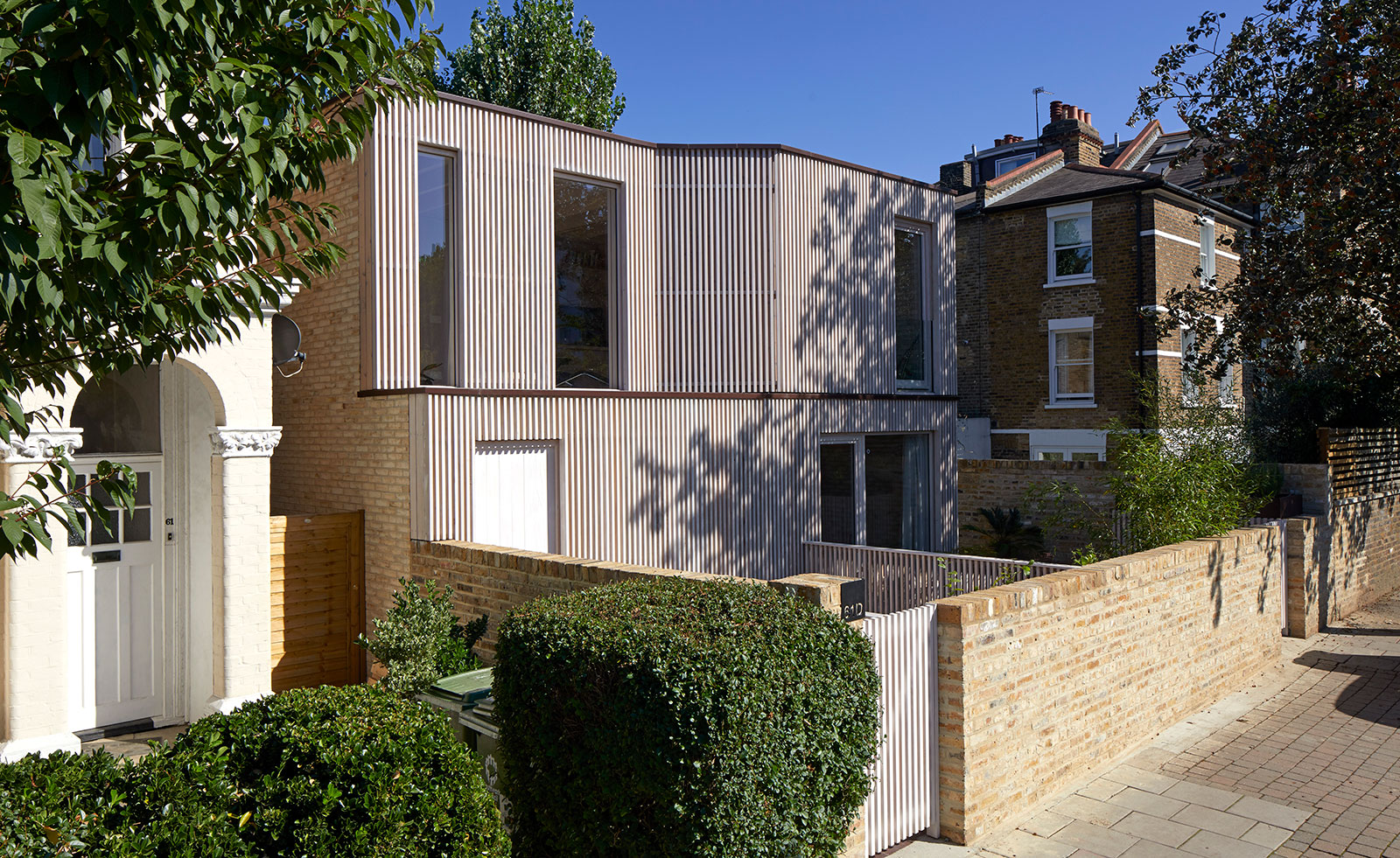
The Pocket House, London, designed by Tikari Works, selected for the Wallpaper* Architects’ Directory 2019.
It was the finely crafted Pocket House in south London that cottoned us on to the work of London-based architecture studio Tikari Works. The husband-and-wife team, Nicola and Ty Tikari, transformed a micro-site of no more than 82 sq m from a domestic car garage into a spacious two-bedroom house, spread over three floors complete with courtyard and front garden.
The livable space the duo squeezed out of the plot was remarkable. It is innovative, thoughtful, conscious of its site and also has high conceptual values for city living. And they gained even more kudos because it was their very first built project as a team. Tikari Works switched the usual domestic plan upside-down – the bedrooms are at basement level and kitchen and dining are located on the ground floor level, where you enter the house. A timber screen balances daylight and privacy, while sculpturally setting this house apart from its brick neighbours.
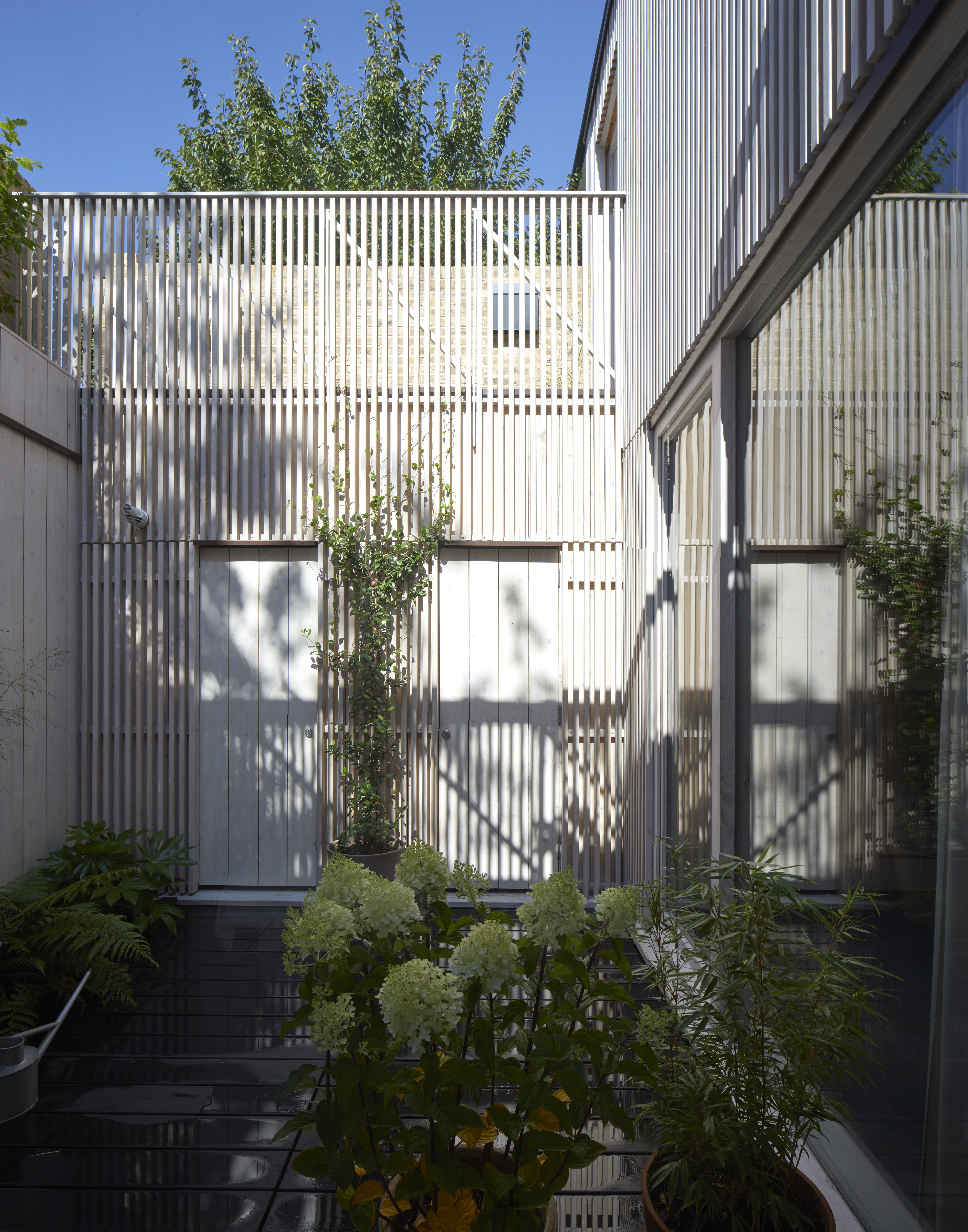
Experimental yet refined, the Pocket House was the perfect opportunity for Tikari Works to express themselves. However it was also a chance to prove to themselves they could do everything – Nicola and Ty Tikari were the client, architect and main contractor on this project, seeing the whole process through from start to finish.
Now, they have established the studio as a practice that ambitiously combines the disciplines of architecture, construction and property development – and they find that this is the best route to delivering the most uncompromising designs. The Tikari’s, who formed Tikari Works in 2014, proudly call themselves an ‘architecture and construction studio’. (The pair met in New York on placements, and moved to London – Nicola working at Studio Egret West and Ty at Jestico + Whiles, and then John Smart).
Their approach reinvigorates the role of architect as master builder, and this can be seen clearly in the interiors at the Pocket House. The use of timber, in-built into the design through smooth joinery, sculptural staircases and integrated storage, creates the atmosphere of a soulful sanctuary, connected to natural material.
‘We think of our spaces as refuges from the stress of daily life’
TIKARI WORKS
The architects explain: ‘Working in a busy cosmopolitan city like London we tend to think of spaces as refuges from the stress and strains of daily life. Urban centres remove us from the natural world and we feel that the spaces we design have the opportunity to connect people back with natural materials that are tactile and atmospheric. Equally important for us is to use these visceral spaces to contradict the digital space that too often consumes people’s daily attention.’
Their upcoming apartment project in Peckham, the Rex building, is a multi-unit development that promises to maintain the same values found at the Pocket House, but on a much larger scale. Similarly here they have acted as the main contractor, and worked with their own network of craftspeople. This all-consuming and intensive approach has taught them a great lesson: ‘Only take on projects that you really want to do and make every project count.’
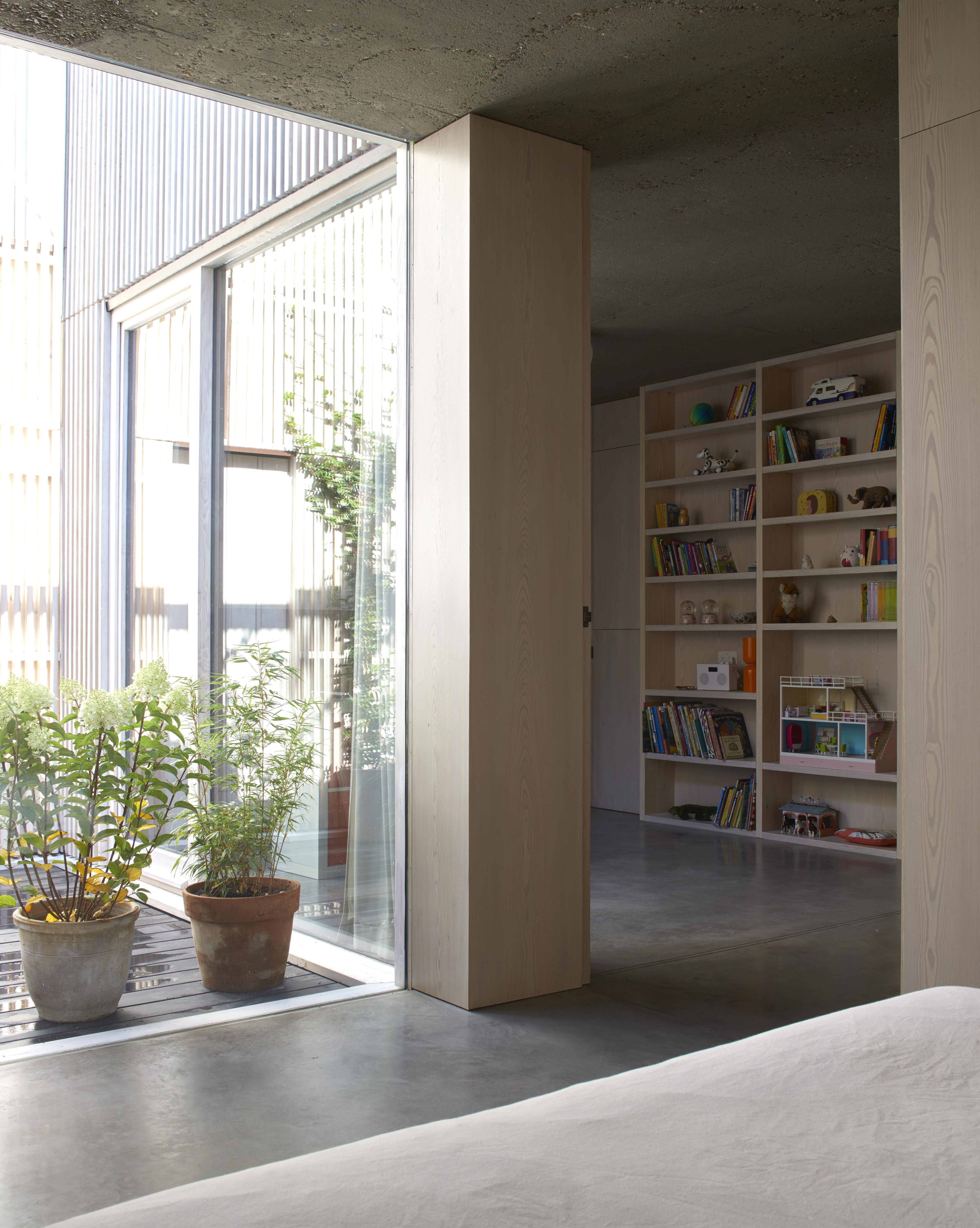

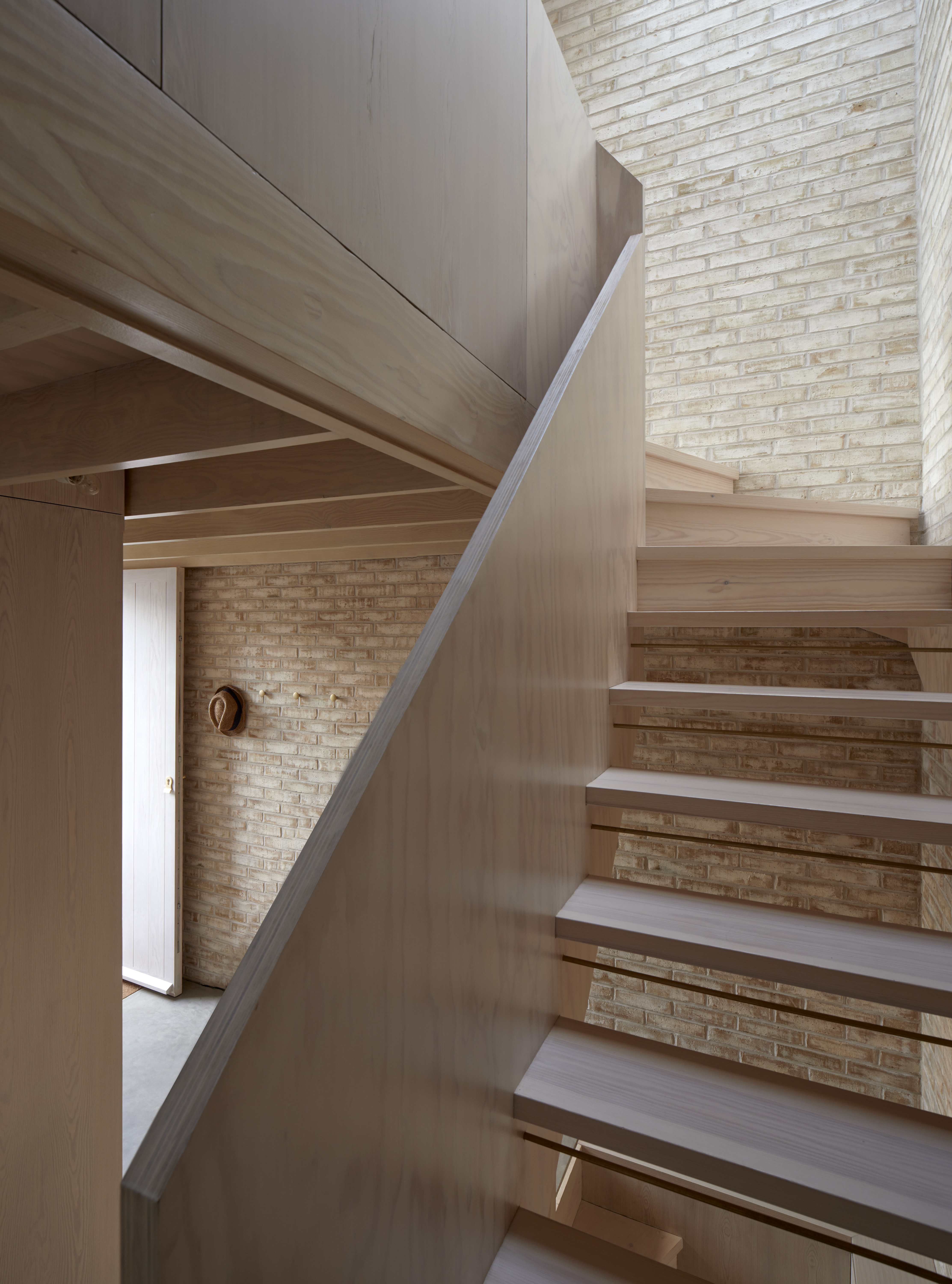
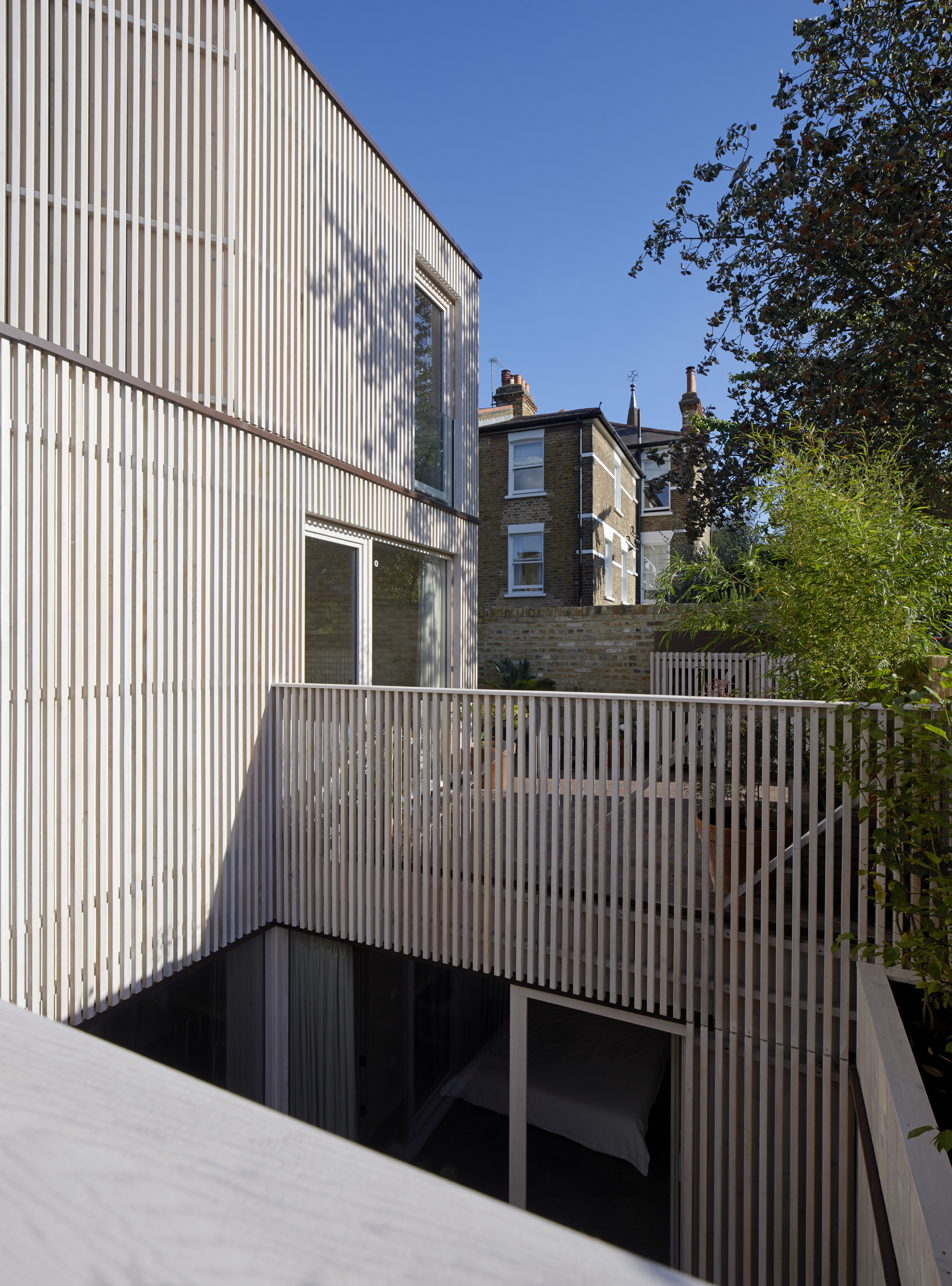
INFORMATION
WALLPAPER* ARCHITECTS’ DIRECTORY 2019
Wallpaper* Newsletter
Receive our daily digest of inspiration, escapism and design stories from around the world direct to your inbox.
Harriet Thorpe is a writer, journalist and editor covering architecture, design and culture, with particular interest in sustainability, 20th-century architecture and community. After studying History of Art at the School of Oriental and African Studies (SOAS) and Journalism at City University in London, she developed her interest in architecture working at Wallpaper* magazine and today contributes to Wallpaper*, The World of Interiors and Icon magazine, amongst other titles. She is author of The Sustainable City (2022, Hoxton Mini Press), a book about sustainable architecture in London, and the Modern Cambridge Map (2023, Blue Crow Media), a map of 20th-century architecture in Cambridge, the city where she grew up.
-
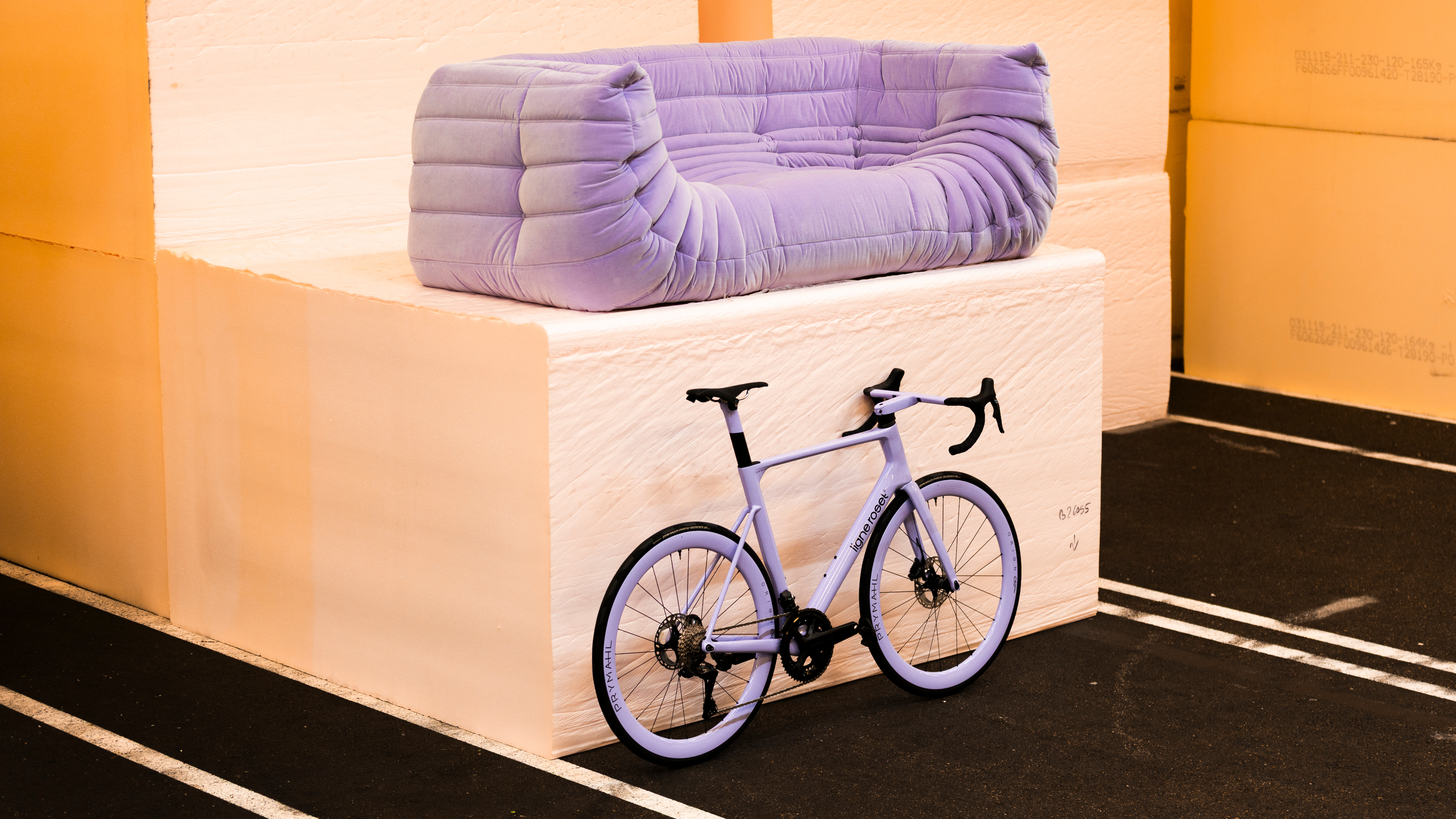 Ligne Roset teams up with Origine to create an ultra-limited-edition bike
Ligne Roset teams up with Origine to create an ultra-limited-edition bikeThe Ligne Roset x Origine bike marks the first venture from this collaboration between two major French manufacturers, each a leader in its field
By Jonathan Bell
-
 The Subaru Forester is the definition of unpretentious automotive design
The Subaru Forester is the definition of unpretentious automotive designIt’s not exactly king of the crossovers, but the Subaru Forester e-Boxer is reliable, practical and great for keeping a low profile
By Jonathan Bell
-
 Sotheby’s is auctioning a rare Frank Lloyd Wright lamp – and it could fetch $5 million
Sotheby’s is auctioning a rare Frank Lloyd Wright lamp – and it could fetch $5 millionThe architect's ‘Double-Pedestal’ lamp, which was designed for the Dana House in 1903, is hitting the auction block 13 May at Sotheby's.
By Anna Solomon
-
 This 19th-century Hampstead house has a raw concrete staircase at its heart
This 19th-century Hampstead house has a raw concrete staircase at its heartThis Hampstead house, designed by Pinzauer and titled Maresfield Gardens, is a London home blending new design and traditional details
By Tianna Williams
-
 An octogenarian’s north London home is bold with utilitarian authenticity
An octogenarian’s north London home is bold with utilitarian authenticityWoodbury residence is a north London home by Of Architecture, inspired by 20th-century design and rooted in functionality
By Tianna Williams
-
 What is DeafSpace and how can it enhance architecture for everyone?
What is DeafSpace and how can it enhance architecture for everyone?DeafSpace learnings can help create profoundly sense-centric architecture; why shouldn't groundbreaking designs also be inclusive?
By Teshome Douglas-Campbell
-
 The dream of the flat-pack home continues with this elegant modular cabin design from Koto
The dream of the flat-pack home continues with this elegant modular cabin design from KotoThe Niwa modular cabin series by UK-based Koto architects offers a range of elegant retreats, designed for easy installation and a variety of uses
By Jonathan Bell
-
 Are Derwent London's new lounges the future of workspace?
Are Derwent London's new lounges the future of workspace?Property developer Derwent London’s new lounges – created for tenants of its offices – work harder to promote community and connection for their users
By Emily Wright
-
 Showing off its gargoyles and curves, The Gradel Quadrangles opens in Oxford
Showing off its gargoyles and curves, The Gradel Quadrangles opens in OxfordThe Gradel Quadrangles, designed by David Kohn Architects, brings a touch of playfulness to Oxford through a modern interpretation of historical architecture
By Shawn Adams
-
 A Norfolk bungalow has been transformed through a deft sculptural remodelling
A Norfolk bungalow has been transformed through a deft sculptural remodellingNorth Sea East Wood is the radical overhaul of a Norfolk bungalow, designed to open up the property to sea and garden views
By Jonathan Bell
-
 A new concrete extension opens up this Stoke Newington house to its garden
A new concrete extension opens up this Stoke Newington house to its gardenArchitects Bindloss Dawes' concrete extension has brought a considered material palette to this elegant Victorian family house
By Jonathan Bell